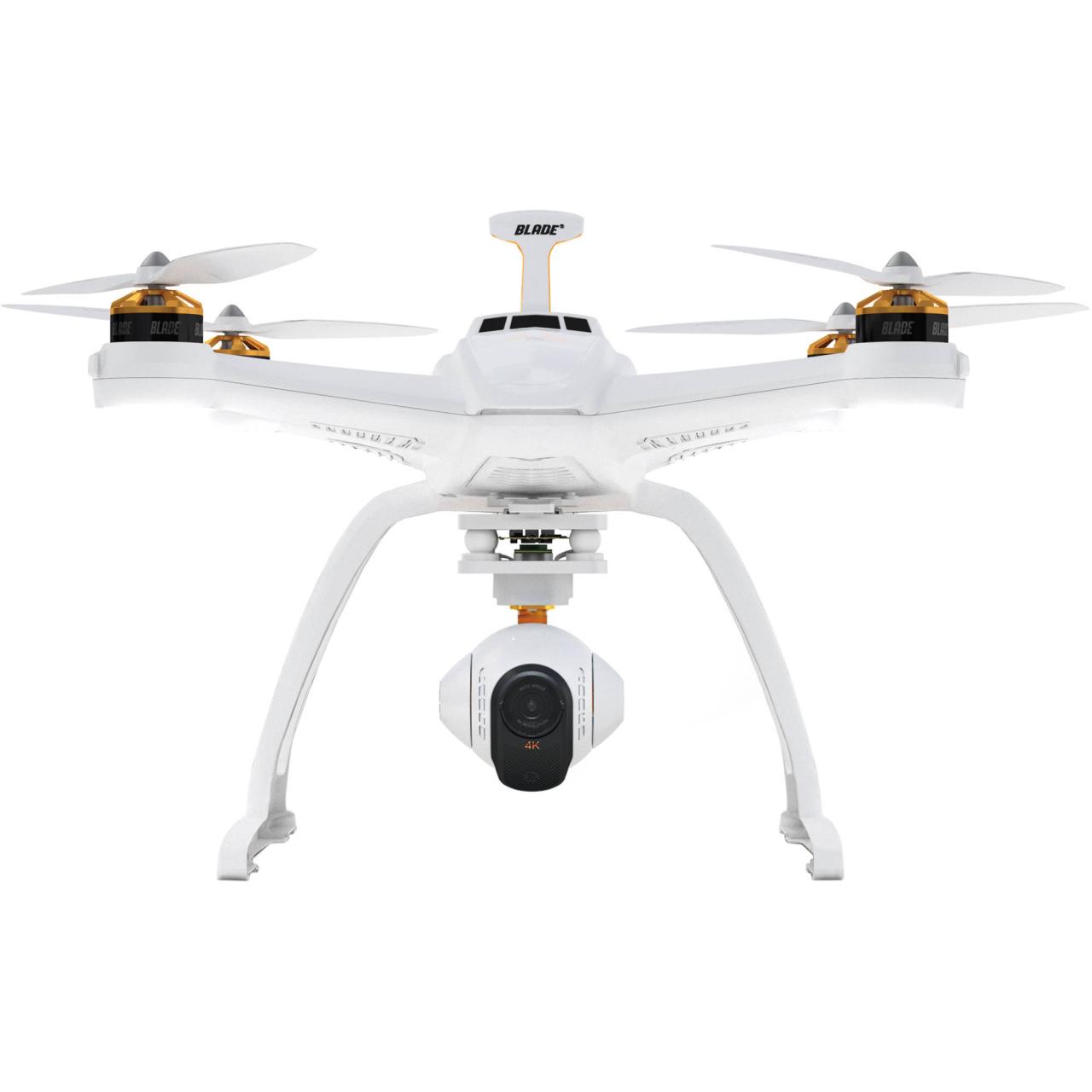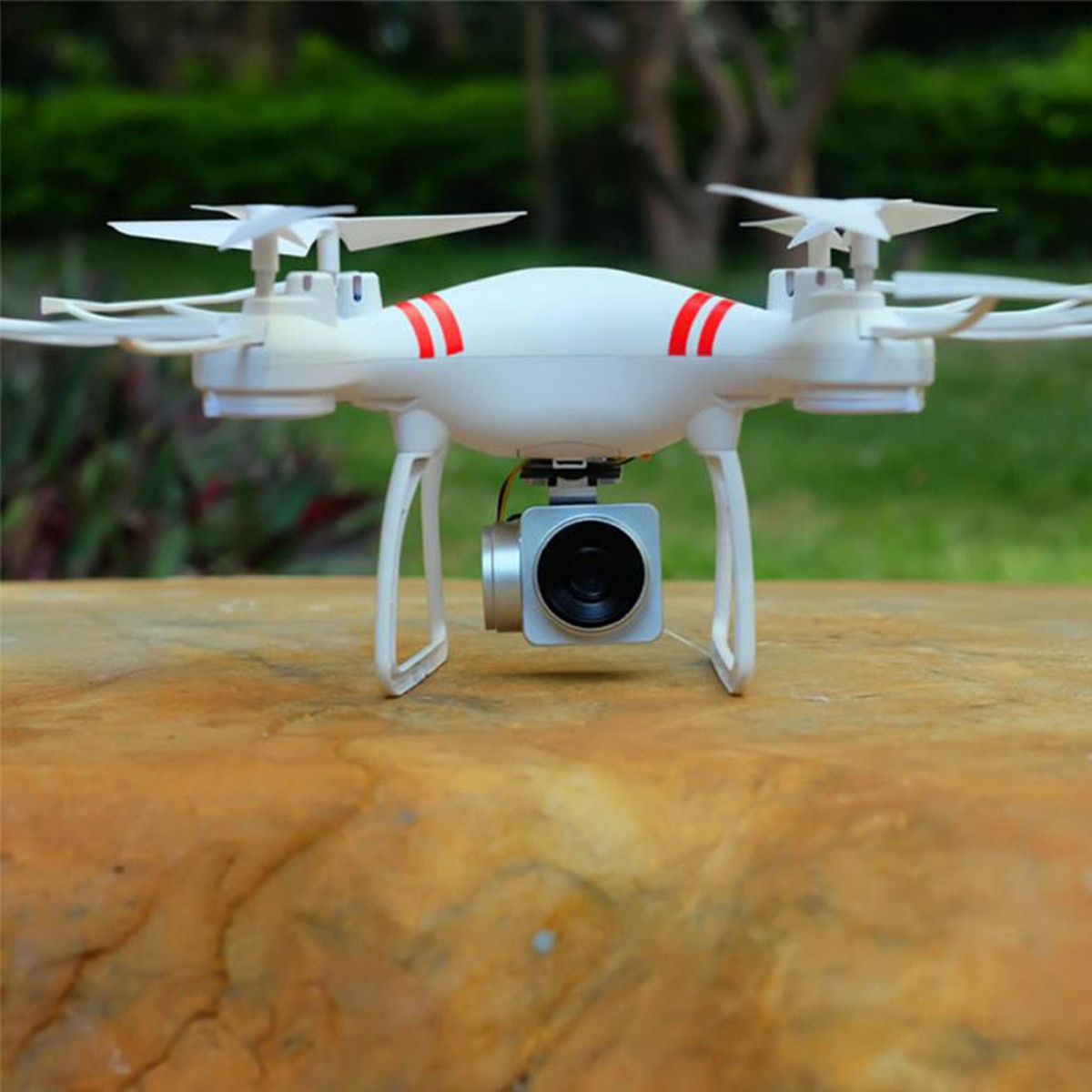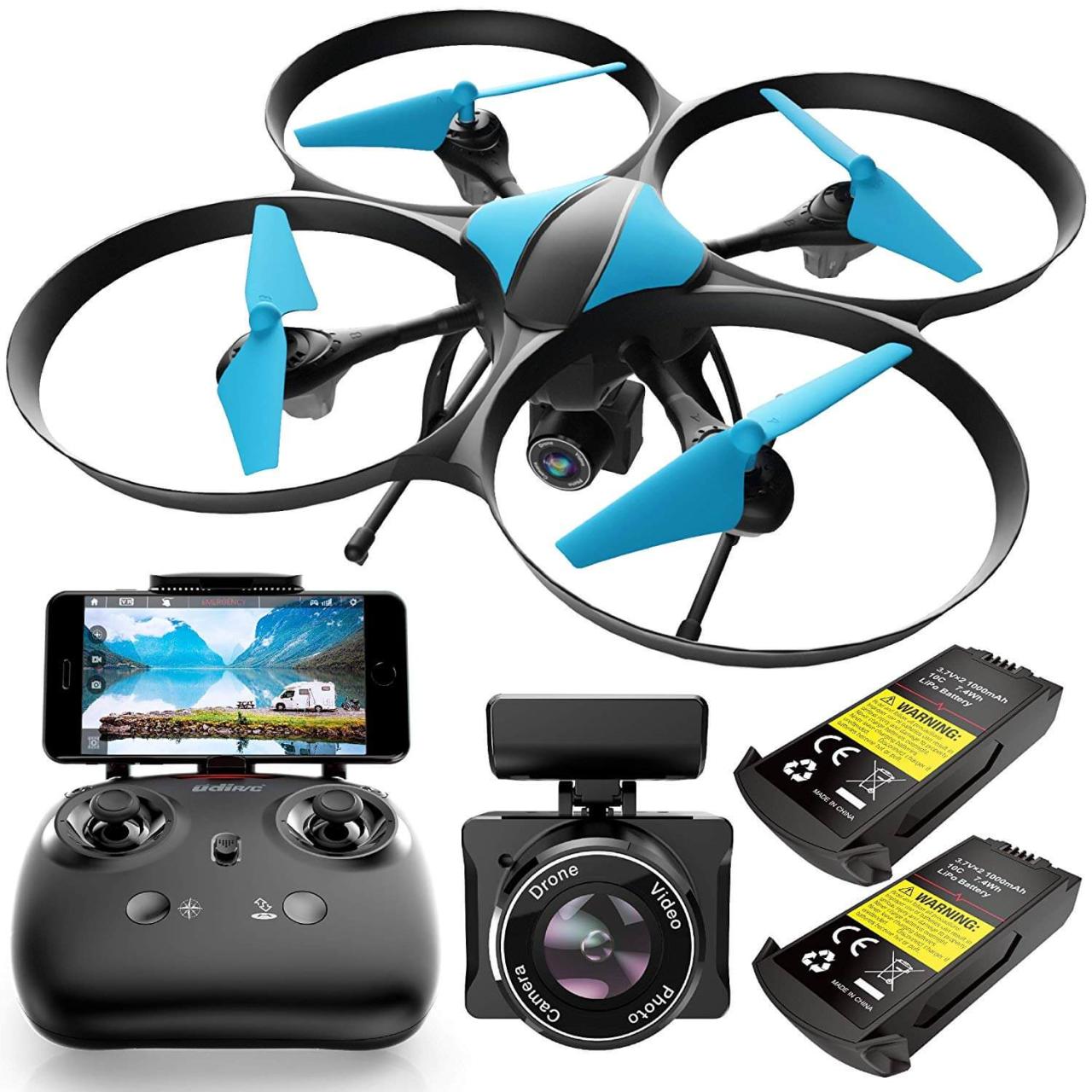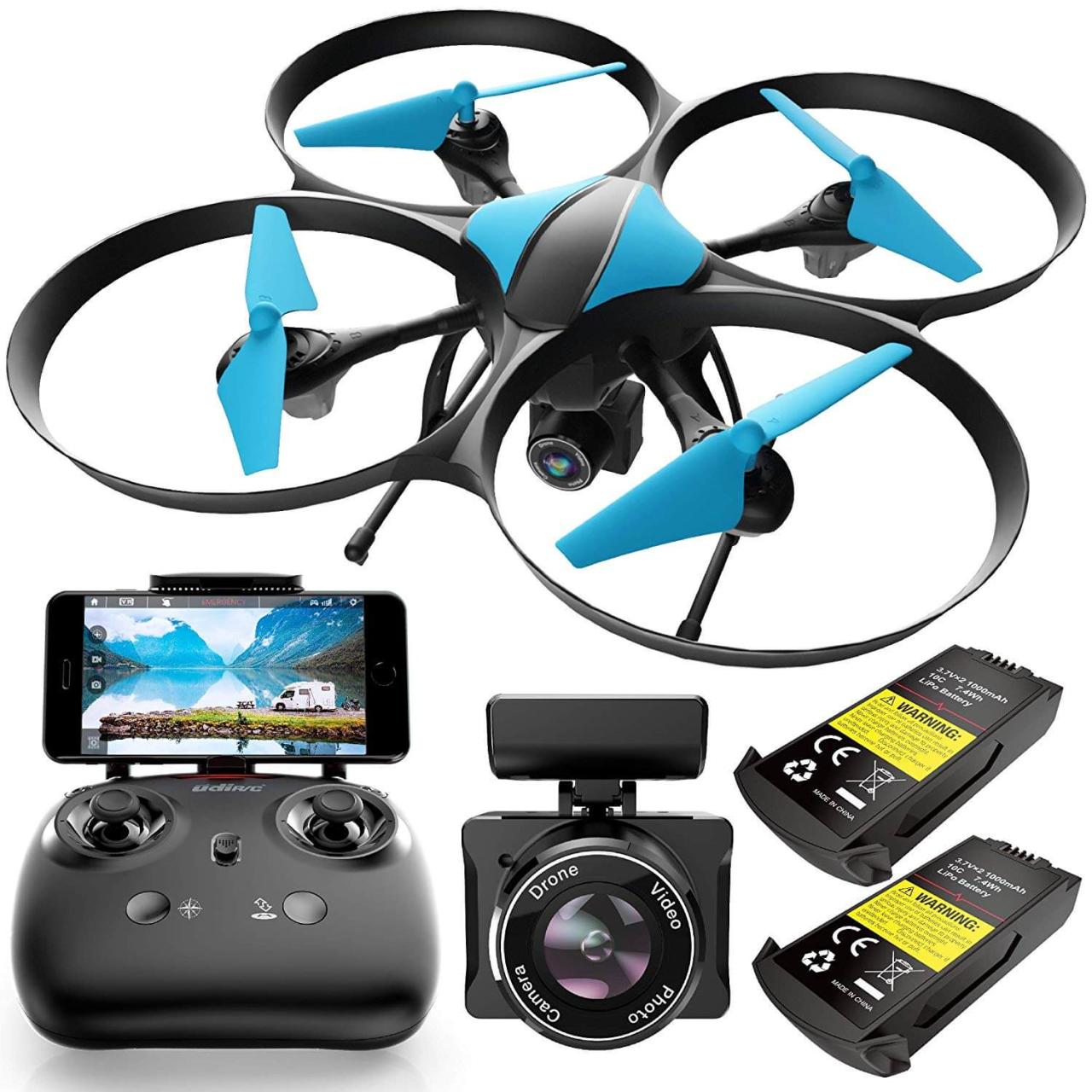Drone with camera technology has revolutionized various sectors, from filmmaking and real estate to agriculture and infrastructure inspection. These unmanned aerial vehicles (UAVs), equipped with high-resolution cameras and advanced stabilization systems, offer unparalleled perspectives and data acquisition capabilities. This exploration delves into the diverse types of drone cameras, their applications, technological intricacies, and essential considerations for safe and effective operation.
We w
Drones equipped with high-resolution cameras offer unparalleled versatility for capturing aerial footage. Their applications range from filmmaking to infrastructure inspection, and even contribute to vital weather monitoring systems, such as the coquihalla weather camera which provides real-time updates on challenging mountain passes. This technology highlights how drone camera systems are becoming increasingly important tools across numerous sectors.
ill examine the different camera types, sensor technologies, and image processing techniques involved. Furthermore, we’ll cover legal aspects, maintenance procedures, and crucial decision-making factors for selecting the right drone based on specific needs and budgets. The aim is to provide a comprehensive understanding of this rapidly evolving technology and its transformative impact across industries.
Types of Drones with Cameras

Drones equipped with cameras have revolutionized various sectors, offering versatile aerial perspectives. Understanding the different types available, based on camera specifications and drone design, is crucial for selecting the right tool for a specific task. This section details the diverse range of drone camera systems, focusing on camera features, sensor types, and the comparative advantages of fixed-wing and multirotor designs.
Drone Camera Classification by Features
| Type | Camera Resolution | Stabilization | Zoom |
|---|---|---|---|
| Entry-Level Consumer Drone | 12-20 MP | Electronic Image Stabilization (EIS) | 2x-3x digital zoom |
| Mid-Range Consumer Drone | 20-48 MP | 3-axis Gimbal with EIS | 3x-5x optical zoom, digital zoom |
| Professional Drone | 48 MP and above | 3-axis Gimbal with advanced stabilization systems | 10x optical zoom or more, digital zoom |
| Thermal Imaging Drone | Varies depending on sensor | 3-axis Gimbal | Digital zoom |
Camera Sensor Types
Two primary sensor types dominate the drone camera market: CMOS (Complementary Metal-Oxide-Semiconductor) and CCD (Charge-Coupled Device). CMOS sensors are more prevalent due to their lower power consumption, faster readout speeds, and lower manufacturing costs. While CCD sensors generally offer higher image quality, particularly in low-light conditions, their higher cost and power requirements make them less common in drones. The choice between CMOS and CCD impacts image quality, particularly in terms of dynamic range, noise levels, and color accuracy.
Fixed-Wing vs. Multirotor Drones
Fixed-wing drones excel in long-range flights and high-speed coverage, ideal for large-scale mapping and surveying projects. However, their inability to hover limits their utility for detailed inspections or close-up shots. Multirotor drones, conversely, offer superior maneuverability and hovering capabilities, making them suitable for precise aerial photography, videography, and inspections in confined spaces. The choice depends heavily on the application’s specific needs and priorities.
Drone Camera Applications: Drone With Camera
The versatility of drone cameras extends across numerous industries, offering innovative solutions for data acquisition and visual representation. This section explores some key applications and a hypothetical scenario highlighting the practical benefits.
Industry Applications of Drone Cameras
- Agriculture: Crop monitoring, precision spraying, field mapping.
- Construction: Site progress monitoring, inspection of structures, 3D modeling.
- Real Estate: Aerial property photography and videography, virtual tours.
- Filmmaking: Cinematic aerial shots, unique perspectives.
- Search and Rescue: Locating missing persons, assessing disaster areas.
- Infrastructure Inspection: Bridge and power line inspections, pipeline surveys.
Hypothetical Scenario: Thermal Camera for Infrastructure Inspection
Imagine a scenario where a bridge needs inspection for potential structural weaknesses. A drone equipped with a thermal camera is deployed to fly along the bridge’s length. The thermal imagery reveals areas of unusual heat dissipation, potentially indicating stress points or internal damage not visible to the naked eye. This allows engineers to pinpoint areas needing further investigation, preventing potential catastrophic failures.
Legal and Regulatory Considerations

The commercial use of drones with cameras is subject to various regulations that vary significantly by geographical location. Operators must obtain necessary permits and licenses, adhere to airspace restrictions, and comply with privacy laws. Understanding and adhering to these regulations is crucial to avoid legal issues and ensure safe and responsible operation.
Drone Camera Technology
A drone camera system comprises several interconnected components, each contributing to the overall image quality and functionality. Understanding these components and their interaction is essential for appreciating the technology behind aerial imaging.
Drones with cameras offer incredible versatility, from capturing stunning aerial photography to assisting in various industries. However, operating such a device responsibly requires understanding the regulations, which is why obtaining a transport canada drone license is crucial. This ensures safe and legal operation of your drone with camera, ultimately allowing you to enjoy its capabilities without any legal complications.
Key Components of a Drone Camera System
The core components include the lens (determining field of view and image sharpness), the image sensor (capturing light), the image processor (handling image data), and the gimbal (providing stabilization). Each component plays a critical role in producing high-quality images and videos.
Image Stabilization Techniques
Effective image stabilization is crucial for smooth and clear aerial footage. Techniques include mechanical stabilization (using a gimbal), electronic image stabilization (EIS), and hybrid systems combining both. The effectiveness of each method varies depending on the drone’s capabilities and environmental conditions.
Video Codecs: H.264 vs. H.265
| Codec | Compression Efficiency | Video Quality | File Size | Processing Power Requirements |
|---|---|---|---|---|
| H.264 (AVC) | Moderate | Good | Larger | Lower |
| H.265 (HEVC) | High | Excellent | Smaller | Higher |
Drone Camera Image and Video Processing
Post-processing plays a vital role in enhancing the visual appeal and information content of drone footage. This section Artikels techniques for improving image quality, creating panoramas, and applying visual effects.
Post-Processing Techniques, Drone with camera
Methods include correcting lens distortion, sharpening images, adjusting color balance, and noise reduction. Software like Adobe Lightroom and Photoshop are commonly used for these tasks. Specialized drone-specific software offers automated features to streamline the workflow.
Creating High-Resolution Panoramas
- Capture overlapping images from various angles.
- Use photo stitching software (e.g., PTGui, Autopano Giga) to align and blend the images.
- Adjust parameters for optimal blending and seamless transitions.
- Export the final high-resolution panorama.
Color Grading and Visual Effects
Color grading involves adjusting the color palette to achieve a specific aesthetic. Visual effects such as adding filters, transitions, and text can further enhance the final product. Software like Adobe Premiere Pro and DaVinci Resolve are commonly used for video editing and effects.
Choosing a Drone with a Camera
Selecting the right drone with a camera depends on several factors. This section provides a checklist and compares specific models to illustrate the decision-making process.
Checklist for Drone Selection
- Budget
- Camera resolution and features
- Flight time
- Range
- Portability
- Ease of use
- Specific application needs
Comparison of Drone Models

| Model | Camera Resolution | Flight Time | Range | Price |
|---|---|---|---|---|
| DJI Mavic 3 | 5.7K | 46 min | 15 km | High |
| DJI Mini 3 Pro | 4K | 34 min | 12 km | Mid-range |
| Autel EVO Nano+ | 4K | 28 min | 9 km | Low-Mid range |
Decision-Making Flowchart
(A textual description of a flowchart is provided instead of a visual one as requested. The flowchart would begin with a question about budget, branching to different drone categories based on budget level. Each category would then branch further based on desired features, ultimately leading to a recommended drone model.)
Safety and Maintenance of Drones with Cameras
Safe operation and regular maintenance are essential for prolonging the lifespan and ensuring the safe and responsible use of drone camera systems. This section details best practices and potential risks.
Best Practices for Safe Operation
- Always check weather conditions before flight.
- Follow all local regulations and obtain necessary permits.
- Maintain visual line of sight with the drone.
- Avoid flying near airports, crowds, or sensitive areas.
- Regularly inspect the drone and its components for damage.
Drone Camera Maintenance
- Clean the lens regularly with a microfiber cloth.
- Inspect the gimbal for any signs of wear or damage.
- Check the battery levels and charging status.
- Store the drone in a dry, safe place.
- Follow manufacturer’s recommendations for maintenance.
Potential Risks and Mitigation Strategies
Potential risks include battery failure, loss of control, collisions, and damage to the drone or its surroundings. Mitigation strategies involve regular maintenance, careful flight planning, and adherence to safety guidelines. Investing in quality equipment and proper training can further reduce these risks.
In conclusion, the integration of cameras into drone technology has unlocked unprecedented possibilities across numerous fields. From capturing breathtaking cinematic footage to facilitating precise infrastructure assessments, drones with cameras are reshaping how we gather information and interact with the world around us. Understanding the various types, applications, and operational considerations discussed here is crucial for harnessing the full potential of this innovative technology while adhering to safety regulations and best practices.
User Queries
What is the flight time of a typical drone with a camera?
Flight times vary greatly depending on the drone model, battery capacity, and environmental factors. Expect anywhere from 15 to 45 minutes on a single charge.
How do I legally operate a drone with a camera?
Regulations vary by location. You must register your drone and comply with local airspace rules and restrictions. Check with your national aviation authority for specific requirements.
What is the difference between a gimbal and image stabilization?
A gimbal is a mechanical device that stabilizes the camera, while image stabilization is a software or sensor-based method for reducing image shake. Many drones use both for optimal stability.
Can I use drone footage for commercial purposes?
Potentially, but you need to obtain necessary permissions and licenses, and ensure compliance with copyright and privacy laws.
